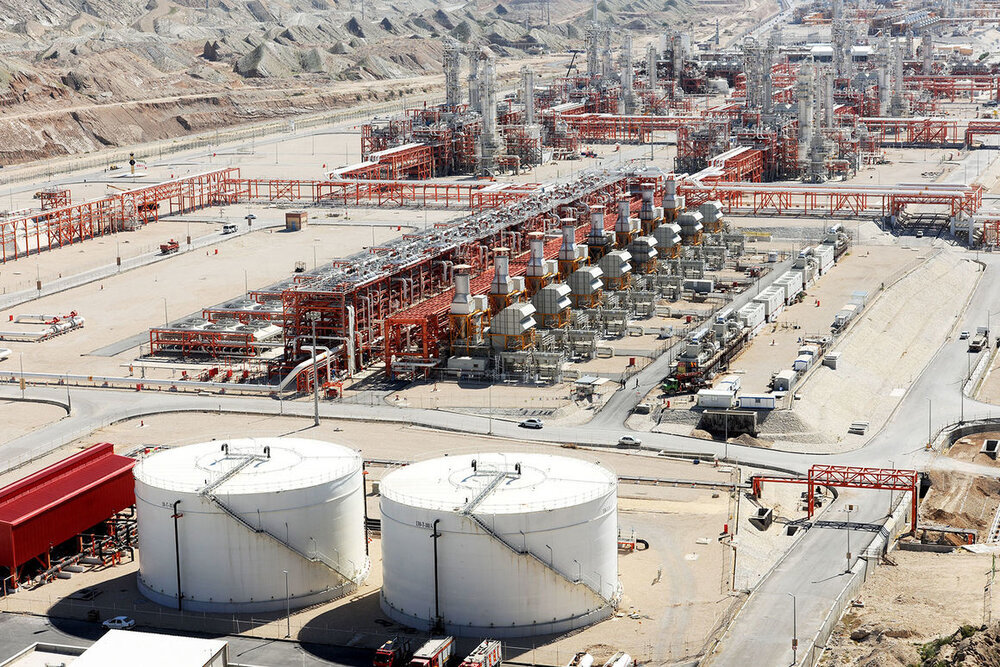Exports from PSEEZ surpass $1b in 3 months

TEHRAN –The value of exports from Pars Special Economic Energy Zone (PSEEZ), in Iran’s southwestern port city of Assaluyeh, reached $1.09 billion in the first three months of the current Iranian calendar year (March 20-June 20), an official with the PSEEZ said on Sunday.
According to Amir-Abbas Hamidi, the acting head of the PSEEZ’s Customs Department, some 4.4 million tons of commodities were exported from this region during the mentioned time span, Mehr News Agency reported.
“The exports of non-oil products from South Pars Customs Department is experiencing an upward trend despite the limitations and restrictions imposed by the U.S. against the Islamic Republic of Iran,” Hamidi said.
South Pars Special Economic Energy Zone, as the capital of energy in Iran, is considered as the hub of Iran’s non-oil exports, he added.
The exports mainly included methanol, propane, butane, light- and heavy polyethylene, gas condensates, ammonia, sulfur, styrene, and crude oil during the period, while the main export destinations were China, the United Arab Emirates, South Korea, India, Japan, Hong Kong, Indonesia, Italy, Germany, Turkey, Egypt, and Kuwait.
Also in the mentioned period, over 4,622 tons of commodities, worth $105.82 million, were transited through this zone, showing a 29 percent hike in terms of value as compared to the same period of last year.
Earlier this month, PSEEZ’s newly appointed Managing Director Iraj Khorramdel said the company is determined to boost investment attraction in the zone during the current Iranian calendar year.
“This year we are determined to attract investment in various industrial fields, fortunately, many domestic industries are interested in presence and investment in the zone,” Khoramdel said.
PSEEZ is home to several petrochemical complexes that receive gas and gas condensate feedstock from the giant South Pars gas field, which Iran shares with Qatar in the Persian Gulf.
South Pars is the world’s largest gas field, covering an area of 3,700 square kilometers of Iran’s territorial waters in the Persian Gulf.
The giant field is estimated to contain a significant amount of natural gas, accounting for about eight percent of the world’s reserves, and approximately 18 billion barrels of condensate. The field is divided into 24 standard phases.
EF/MG
